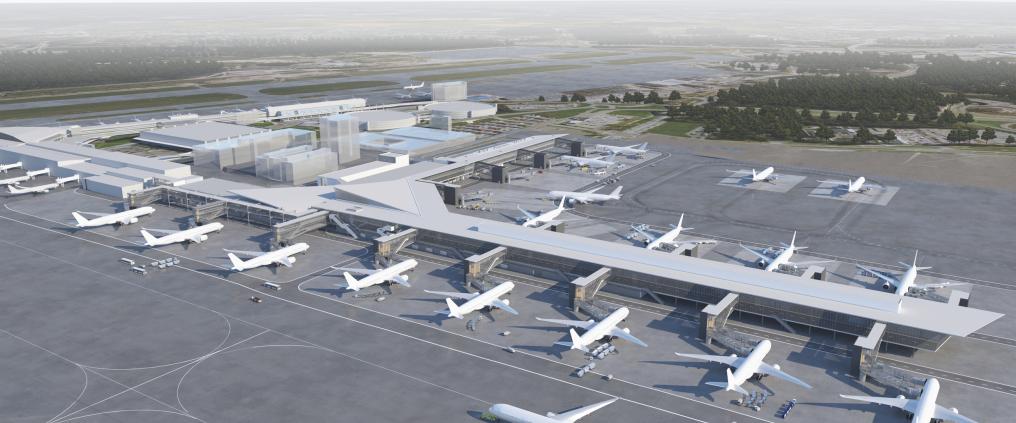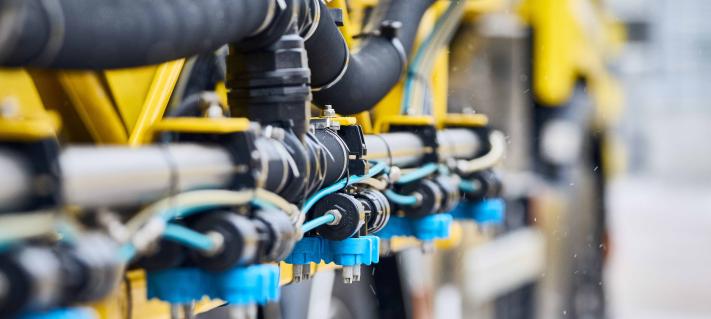“When we went through different options for the expansion, the one roof alternative was found to be the best especially when it comes to service level. It centralises services in a compact area, with departure gates located around the services,” says Henri Hansson, Finavia’s Technical Director.
The other option would have been a separate satellite terminal that is accessible by bus or an underground train.
“Even if the means of transportation would be quick, transferring from a building to another would still take time. In addition, the night hours at Helsinki Airport are quiet, so a separate terminal would not be optimal for operating premises and services, as it would need to be closed at times,” Hansson says.
When all services are located under one roof, it is easier to keep them open outside the busiest hours.
Transfer times will not get longer
Helsinki Airport is a popular transfer airport, and one of its strengths is short transfer times.
“We can continue to provide smooth flight transfers – 40 minutes at the shortest. As we invest in new departure gates and extra capacity for luggage handling, we can keep our transfer times short.”
Flights operated by airlines of the same alliance are directed to gates that are close to one another, which keeps distances short for transferring passengers. For example, flights operated by Oneworld alliance members are grouped in this way in Terminal 2 Schengen and non-Schengen areas.
As most transfers happen within the same alliance, there are very few transfers between Terminals 1 and 2 at Helsinki Airport.
Avoiding bottlenecks
Having all passengers in the same building makes it easier to manage airport operations.
“The most critical spots for passenger flows are those with a large number of people in a small area, such as passport control. We follow passenger flows closely and increase capacity if needed to avoid bottlenecks,” Hansson says.
Transfers from gate to gate can also be aided by other means, such as moving walkways, which will be taken into use in the expansion area of Terminal 2.
Planning for the next 20 years
The goal of the current Helsinki Airport Development Programme has been to design premises that can be used flexibly until the late 2030s.
“Customer experience is a key design principle for Finavia. It is important to have well designed spaces that are easy to orientate and have the right proportions, for example,” says Hansson.
Most of the world’s new airports are built under one roof, but for example in Munich, the airport has recently expanded to include a new satellite terminal.
“Everything depends on the development of our traffic composition. In the future, a separate terminal building can also be integrated into the development at Helsinki Airport if needed,” he concludes.
Read more about Helsinki Airport Development Programme



